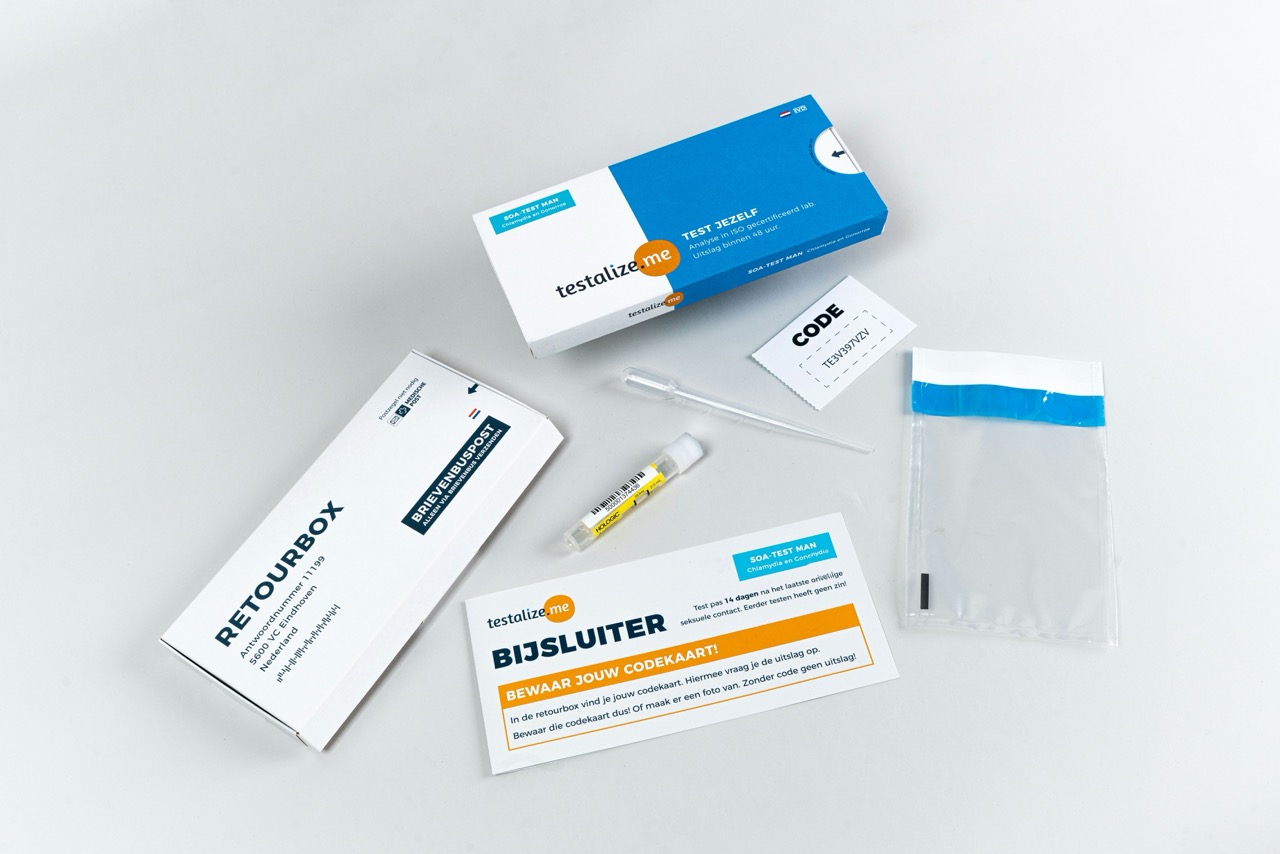Human Papillomavirus (HPV) is a group of more than 200 related viruses, some of which can lead to health complications ranging from warts to cancers. While HPV is often associated with sexual health issues, its implications may extend beyond the obvious, potentially influencing other bodily functions, including hair growth. This article delves into the intricate relationship between HPV and hair health, exploring current research, potential connections, and management strategies for individuals affected by HPV.
Understanding HPV: An Overview of Human Papillomavirus
HPV is primarily known for its role in causing genital warts and is also linked to various types of cancers, including cervical, anal, and oropharyngeal cancers. The virus is transmitted through direct skin-to-skin contact, and while many HPV infections resolve spontaneously without causing any harm, certain high-risk strains can persist and lead to serious health issues. The prevalence of HPV is significant, with an estimated 80% of sexually active individuals contracting it at some point in their lives.
HPV is categorized into low-risk and high-risk types. Low-risk HPV types, such as HPV 6 and 11, usually cause benign conditions like warts, while high-risk types, such as HPV 16 and 18, are associated with malignant transformations in epithelial tissues. The immune system typically clears HPV infections within a couple of years; however, when the virus evades the immune response, it can lead to long-term health problems. Understanding the various strains and their effects is crucial for both prevention and treatment.
The role of HPV in other bodily systems remains an area of ongoing research. While its impact on reproductive health is well documented, investigations into how HPV affects other physiological aspects, such as hair growth, are still relatively nascent. This prompts further inquiry into whether there are any connections between the virus and hair follicle health, particularly in individuals who experience persistent HPV infections.
The Relationship Between HPV and Hair Growth Explained
The relationship between HPV and hair growth is not straightforward. While HPV is primarily known for its effects on the skin and mucosal surfaces, there is emerging speculation about its influence on hair follicles. Some studies suggest that the presence of HPV might interfere with the normal hair growth cycle by altering the microenvironment of the hair follicles, potentially leading to issues like hair thinning or loss.
Furthermore, HPV-related inflammation could impact the hair growth cycle. Inflammatory responses often lead to conditions such as alopecia areata or telogen effluvium, characterized by sudden and excessive hair loss. While these conditions can arise independently of HPV, individuals with persistent HPV infections may experience exacerbated symptoms or an increased vulnerability to hair loss due to the underlying inflammation and immune response.
However, it’s essential to note that the exact mechanisms through which HPV might affect hair growth remain largely unclear. Current research continues to explore potential pathways, including the role of inflammatory cytokines and immune modulation, to understand better how HPV may influence hair follicle dynamics. More extensive studies are needed to establish a definitive connection between the virus and hair health.
Current Research on HPV’s Impact on Hair Follicles
Recent studies have started to examine the connection between HPV infection and hair follicle health. One area of focus is how HPV can induce local inflammatory responses that may disrupt the normal hair growth cycle. Researchers have observed that certain HPV strains can lead to localized dermatitis, which, if persistent, might contribute to hair loss in affected areas.
Additionally, some studies have indicated a possible correlation between HPV infection and conditions like lichen planopilaris (LPP), an inflammatory condition that results in scarring and hair loss. While the causative relationship remains to be fully established, LPP can lead to significant hair thinning and loss, particularly in individuals with a history of HPV-related symptoms. Such findings highlight the importance of considering viral infections as potential contributors to hair health.
Moreover, as awareness of the cutaneous manifestations of HPV grows, so does the need for further research. Studies investigating the presence of HPV in scalp biopsies and its correlation with hair loss or other scalp conditions are essential to draw more accurate conclusions. This ongoing research may pave the way for targeted therapies that address both HPV infections and hair health, offering better management strategies for affected individuals.
Managing HPV Symptoms: Implications for Hair Health
Managing HPV symptoms effectively is crucial not only for overall health but also for mitigating the potential impact on hair growth. Individuals diagnosed with HPV should consider regular medical consultation to monitor the virus’s status and its associated symptoms. Early intervention can help manage warts or lesions that could lead to local inflammation, which may affect hair follicles.
In addition to medical treatment, adopting a holistic approach that encompasses a healthy diet, stress management, and proper scalp care can be beneficial. Nutritional support, including vitamins and minerals known to promote hair health (such as biotin, zinc, and omega-3 fatty acids), may help mitigate the effects of any inflammation and support hair growth. Stress reduction techniques, such as yoga or meditation, can also play a significant role in managing symptoms and promoting overall well-being.
Lastly, individuals experiencing hair loss or thinning associated with HPV should consider seeking advice from dermatologists specializing in hair disorders. They can provide tailored treatment options, including topical treatments, anti-inflammatory therapies, or other interventions that may be necessary to address hair health in the context of HPV. A comprehensive management strategy that addresses both the viral infection and its implications for hair growth is essential for optimal health outcomes.
In conclusion, while the connection between HPV and hair growth remains an emerging field of study, current research suggests that HPV may influence hair health through inflammatory pathways and follicular dynamics. Understanding HPV’s broader implications, particularly regarding hair loss or thinning, is crucial for those affected by the virus. As research progresses, better management strategies will likely emerge, allowing individuals to navigate the challenges posed by HPV while maintaining their hair health and overall well-being.










